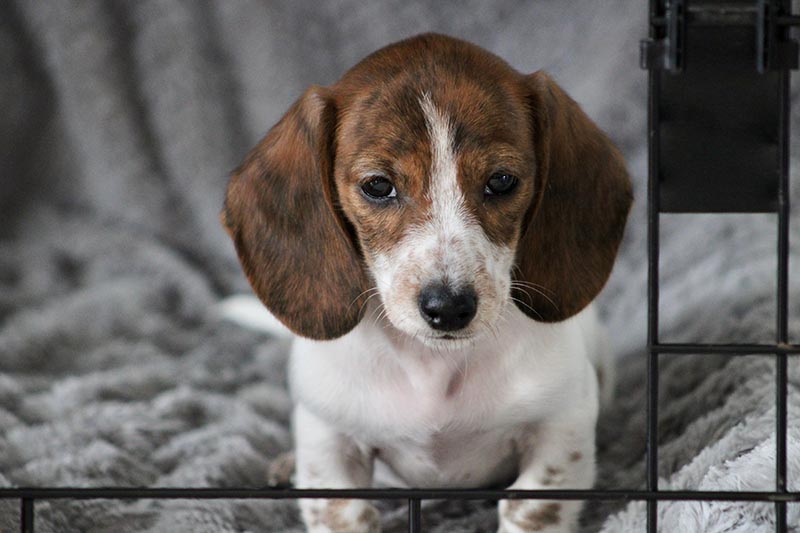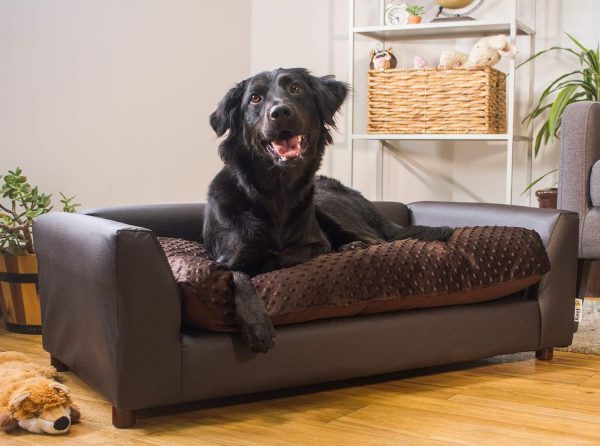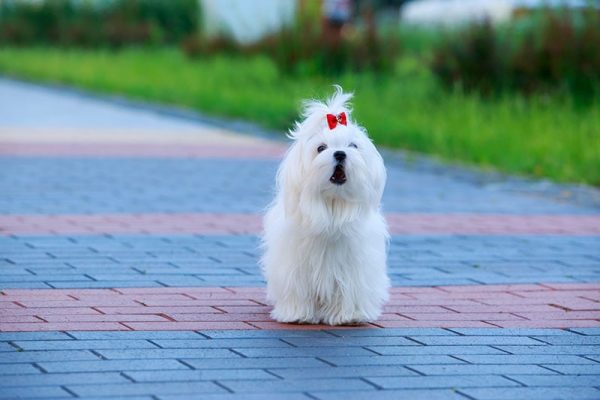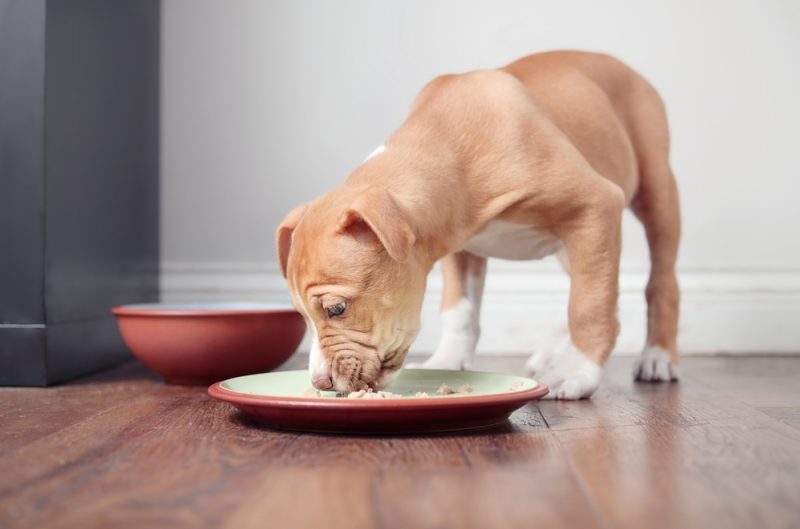Dachshunds are fun and spunky pets, but they can be a challenge to train due to their independent personalities. So, crate training can be particularly challenging for Dachshund owners.
However, with some patience and consistency, your Dachshund can learn to love being safe inside its crate while you’re away. Training your Dachshund in a way that suits its personality will help increase moments of success. Here are some tips to make crate training easier for you and your Dachshund.

The 10 Tips on How to Crate Train a Dachshund
1. Place the Crate in a Central Location
Dachshunds love being a part of the action, so they absolutely will not appreciate being alone in a crate in a secluded location. They’ll feel much more comfortable in an area where a lot more activity happens. This can be in the living room, kitchen, or home office space.
The whole point of a crate is to create a safe space that your Dachshund can always retreat to at any time of day. So, it should be in a room that’s easily accessible and where your Dachshund already feels a sense of safety.
2. Take Your Time with Training
Keep your expectations realistic and anticipate training to take between several weeks to a couple of months. Successful training will work within your Dachshund’s comfort zones. So, it’s not fair to expect a Dachshund to spend hours in a crate right away.
Start by letting your Dachshund explore the crate. Reward it with praise and its favorite treats every time it pokes its head inside or steps inside the crate.
Once your Dachshund is comfortable going inside the crate, you can shut the door for just a few seconds before opening it again. If your Dachshund doesn’t whine or bark, make sure to reward this behavior right away. Then, repeat this process and slowly increase the amount of time the door remains shut. The goal is to increase your Dachshund’s patience unnoticeably.
You’ll eventually work your way from a couple of minutes to a couple of hours. Just make sure to follow a pace that’s most comfortable for your Dachshund.
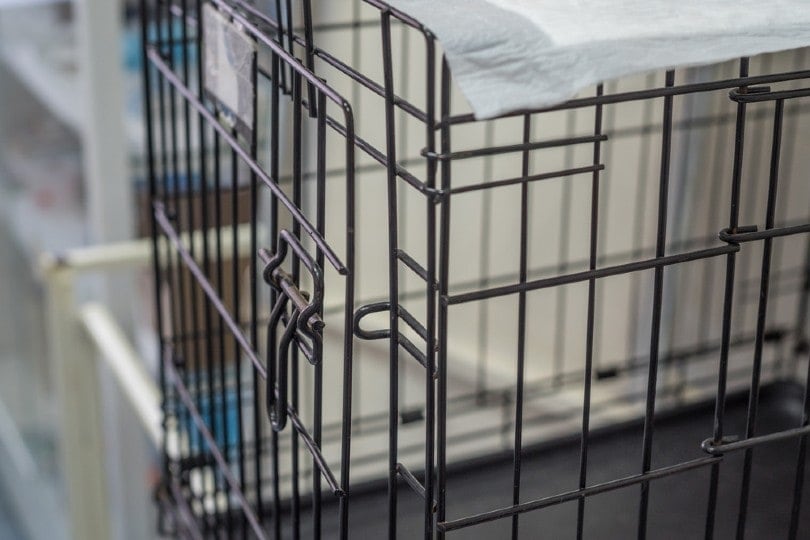
3. Make the Crate a Fun Space
Again, the crate should be a comfortable and cozy safe zone for your Dachshund. So, it’s important to make it into a fun space that your Dachshund will enjoy going inside. Place some cozy blankets inside, along with toys and special treats that your Dachshund can only receive when it’s inside the crate.
It can also be helpful to place an article of clothing with your scent on it inside the crate. This can be comforting and reassuring for Dachshunds, especially when you leave the home.
4. Cover the Crate with a Towel
It can be helpful to cover wire crates with a towel. A towel creates a dim and cozy space and can prevent Dachshunds from getting distracted or excited by something outside of the crate.
You can also find crate covers with zippers and pockets that do the same job. However, if the appearance of your crate doesn’t really matter, a towel or blanket will suffice. Just make sure that your Dachshund isn’t able to nibble on the covering and put itself at risk of choking.
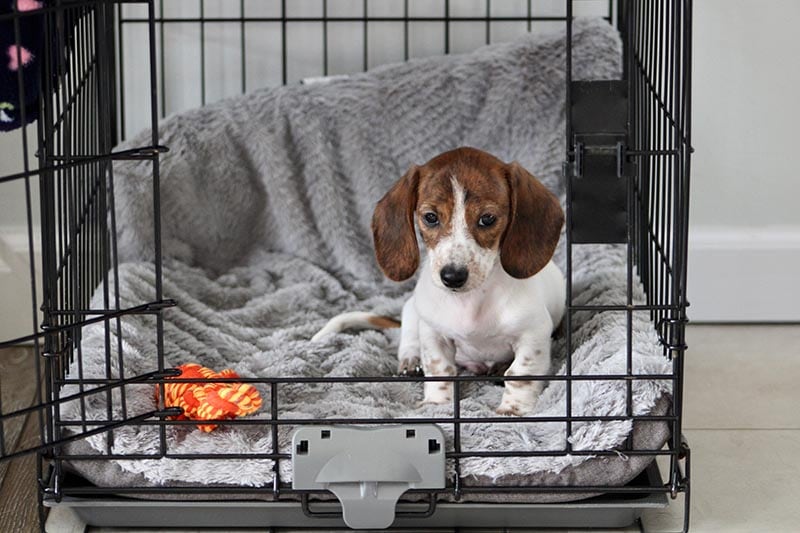
5. Feed Your Dachshund in the Crate
Start having mealtimes in the crate. This helps Dachshunds feel more comfortable in the crate, and it builds a positive association with the crate. Once your Dachshund feels comfortable eating in the crate, you can quietly close the door so that it gets used to being in the crate with the door shut.
After your Dachshund finishes eating, you can open the door and reward your dog with more praise.
6. Use White Noise
Dogs have ears that are much more sensitive than humans, so they can pick up on all kinds of noises in the home. Dachshunds can hear footsteps from outside, machines humming, and other distracting noises that can excite them or cause anxiety while in the crate.
Turning on white noise can help drown out the noises and create a more peaceful atmosphere for your Dachshund. You can purchase a white noise machine or find plenty of white noise videos online that can play for several hours.

7. Don’t Give in to Whining
You’ll most likely encounter some whining from your Dachshund, especially during the beginning stages of crate training. As tempting as it may be to let your Dachshund out, it’s important for your Dachshund to stop whining before you let it out.
So, be patient and wait for your Dachshund to calm down before opening the door. It may whine, bark, or howl, but don’t let any of these behaviors deter you. Only let your Dachshund out if it’s putting itself at risk of physical harm.
Immediately let your Dachshund out as soon as it calms down and stops whining. This will teach your Dachshund that calm behavior is rewarded while whining isn’t.
8. Give a Lot of Praise and Rewards
Dachshunds respond very well to praise and positive rewards. So, don’t be sparing with rewards, especially during the beginning of crate training.
Always make sure to reward positive behavior and ignore unfavorable ones. It’s also helpful to reserve your Dachshund’s favorite treats for crate training only. This can cultivate more motivation in your Dachshund and help it view the crate as a special place where it can get special treats.
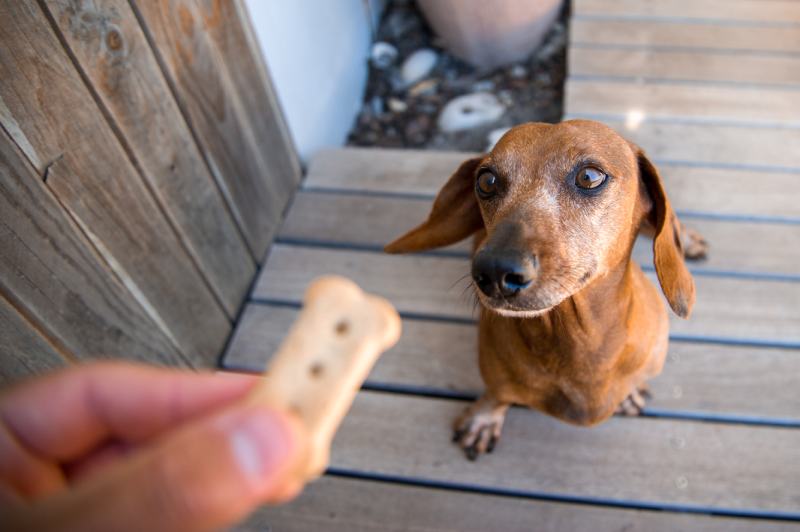
9. Take Potty Breaks Before Going in the Crate
Dachshunds should feel the most comfortable when they’re inside the crate. So, make sure to take your Dachshund out to potty before each time it has to enter the crate.
It’s also important not to keep your Dachshund in the crate for too long so that it’s not holding anything in its bladder. Young puppies can’t hold their pee in for more than a couple of hours, and adult dogs shouldn’t be kept in crates for more than 8 hours at a time.
10. Play with Your Dachshund Before It Goes in the Crate
Dachshunds are extremely playful, especially when they’re puppies. So, the last thing they’ll want is to be in a crate by themselves when they have a lot of energy. Make sure to play with your Dachshund or go on a walk before putting it inside the crate because you’ll have increased chances of success if your Dachshund feels calm or sleepy.
It can also be helpful to put a treat dispensing toy inside the crate after playtime. This will help your Dachshund get additional mental stimulation and feel more content inside the crate.


Conclusion
Crate training a Dachshund can be challenging, as many Dachshunds can display stubbornness. However, being consistent and patient will help your Dachshund learn to feel safe and content inside its crate. So, keep rewarding positive behavior and work at a pace that’s most comfortable for your Dachshund. Your Dachshund will learn to be crate trained, and you’ll eventually have peace of mind every time you leave the house knowing that your beloved dog is resting in a safe space.
Featured Image Credit: Jaclyn Vernace, Shutterstock
